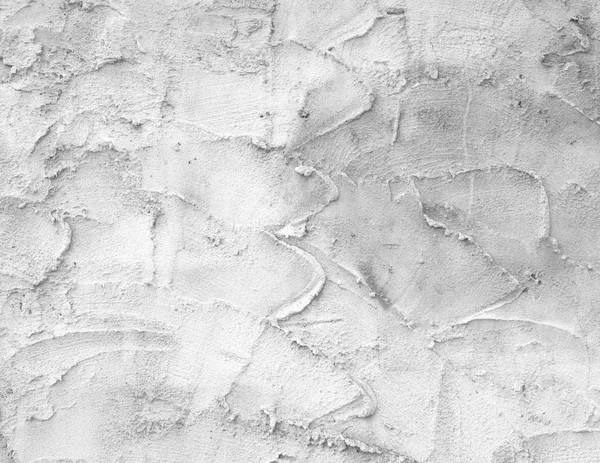

How dilute did you make the mixture in the past? I've used a 5:1 water to glue ratio for sealing a ceiling I was going to paper which worked well. You might want to try this on a section of the wall before doing the whole lot to see if you get a good finish.ĭilute PVA will definitely seal the plaster and I can't think of an obvious reason why you shouldn't use the wood glue - but there may be differences in the formulation you need to look out for.

My first choice would be to wipe down and then paint with a coat of diluted emulsion as you suggest. You do need to seal the plaster otherwise the new paint won't stick as you point out. I have 5L of woodglue in the garage that I will never use - could I dilute this down and seal the walls with this? In my limited experience, painting over a PVA sealed wall is a real pain - the paint does not cover well and it requires more coats.ġ) If I do seal the wall, do I still need to water down the first coat of emulsion (as if I were painting on new plaster)?Ģ) Is there a difference between PVA sealer (e.g. What's the correct thing to do? Jut give the wall a good wipe down and then paint with a diluted emulsion for the first coat or fist seal it using PVA? I am nervous that if I paint on to this the paint will not key/adhere properly. you can rub your hand over it and it generate dust - unlike new plaster which has a firm shiny finish. The wall is dry and the plaster looks in good shape for the most part but it is old and "dusty" - i.e. If you are using a two-stage patching plaster, you may be able to sponge on a small amount of water to gain added working time for further smoothing.We have just peeled off some old paintwork from our walls. Some plasters set quickly, so don’t delay in feathering the plaster surface flush to the surrounding surface. After the plaster has set thoroughly, apply a second coat, using a wider knife or trowel, preferably one wide enough to sweep over the entire width of the patch. Some shrinkage and cracking is likely, especially in large patches.
Old plaster wall Patch#
Let the newly applied patch set overnight. Use a small filler knife, and bring the plaster just shy of the surrounding finish plaster. Fill the edges of the hole with plaster, covering the tape or screening. If you are patching a larger void, a two-coat approach is probably best. Most commercial patching plasters require a thorough wetting of the surrounding plasterwork, though some do not (read and follow the instructions to be certain). For large holes, you may wish to use a sheet of aluminum or galvanized screening. This will help bond the old and new together. STEP 2: Reinforce the patchĪt the joint between the existing wall and the new patch, apply self- adhesive fiberglass mesh tape. If necessary, add wooden nailing surfaces at the edge of the wallboard patch to be certain it remains flat and stable. Replace damp or molding wallboard that sags. When working directly on a masonry surface, use a club hammer and cold chisel rake out the joints to a depth of a quarter inch so that the plaster can form “keys” in the joints, adding strength to the new surface. Another good approach is to try patching first.


 0 kommentar(er)
0 kommentar(er)
